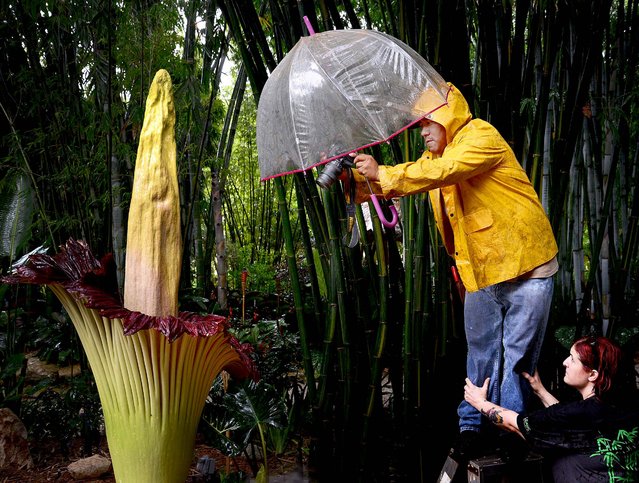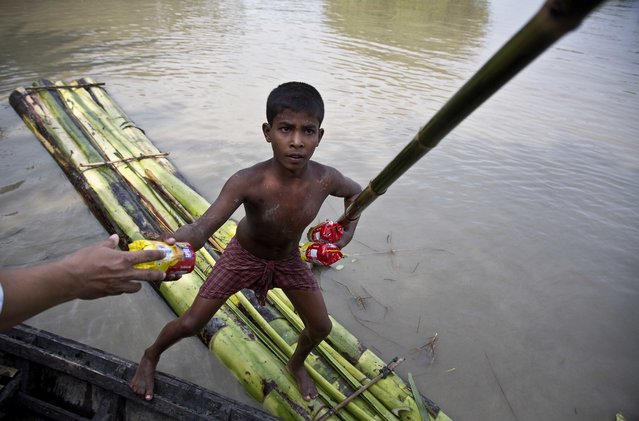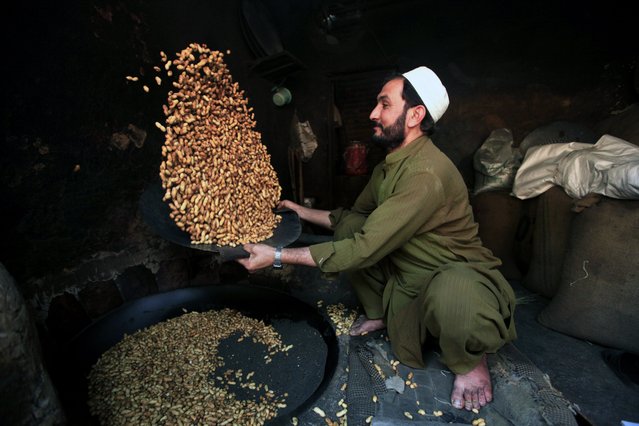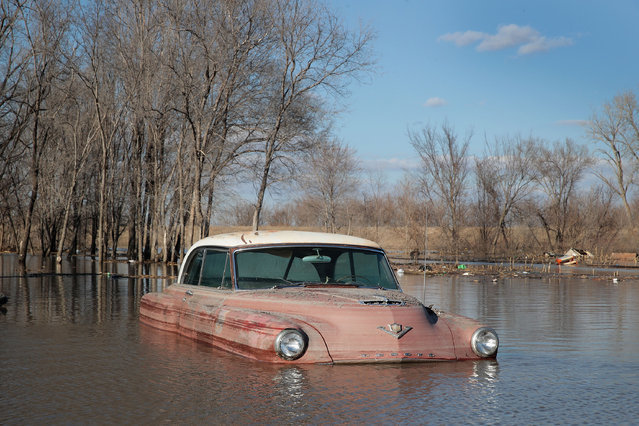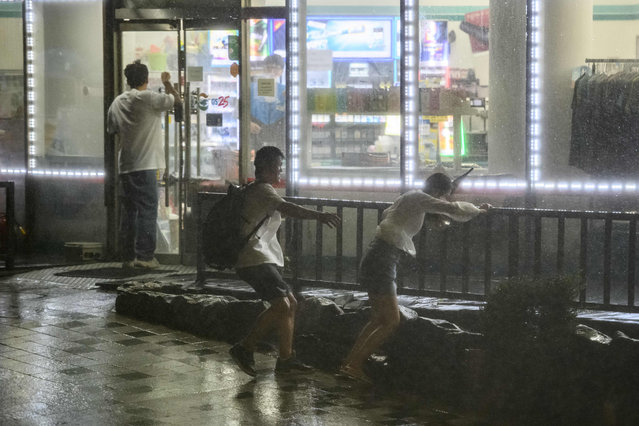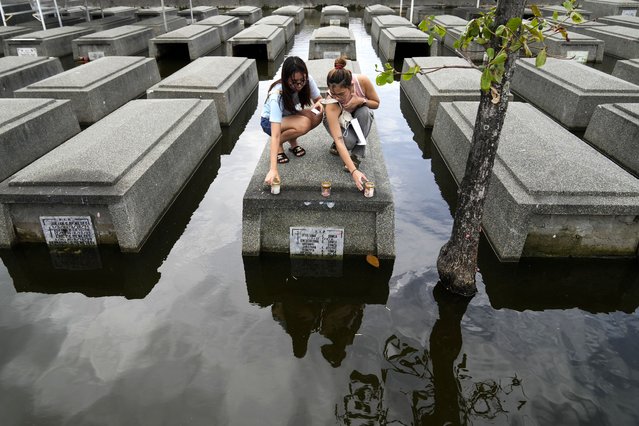
Quinn O'Hogan (L) and Kendall O'Hogan lean into the winds from Hurricane Helene as it passes offshore on September 26, 2024, in St. Petersburg, Florida. Helene is forecast to become a major hurricane, bringing the potential for deadly storm surges, flooding rain, and destructive hurricane-force winds along parts of the Florida West Coast. (Photo by Joe Raedle/Getty Images)
11 Oct 2024 03:38:00,post received
0 comments

